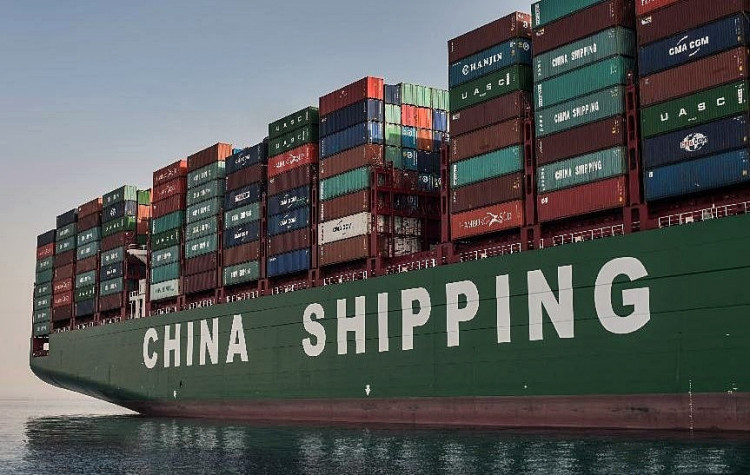After setting a new record high in August, China's trade surplus with the United States hit another all-time high in September, confounding the Trump administration with its resilience to high import tariffs.
The General Administration of Customs (GAC) said China's September exports rose 14.5 percent year-on-year to $34.13 billion, exceeding the erstwhile record of $31.05 billion in August. It said the 14.5 percent spike was the fastest pace since February. The September growth compares to August's 9.8 percent.
The September record indicates Washington's tariffs on imports of Chinese products have failed to create the desired effect of narrowing America's trade gap between China. China's trade surplus with the U.S. in September was larger than its total trade surplus of $31.7 billion.
Some economists said the big picture is the Chinese exports have so far held up well in the face of Trump's trade war and decelerating global growth. The boost in China's exports is most likely due to the competitiveness boost provided by the weaker yuan or renminbi. Chinese exporters very obviously front loaded their September exports to avoid the latest U.S. tariff hike that took effect on Sept. 6.
Analysts pointed to the jump in exports of electrical machinery, which is the biggest export item from China to the U.S., as a sign exporters did accelerate shipments ahead of the Sept. 6 tariffs. Apart from electrical machinery, exports of textiles, furniture, and chips were all front-loaded in September. Iron ore imports rose to their highest level in four months with steel mills boosting production.
As for trade with all countries, China posted a surplus of $31.69 billion for September. From quarters one to three, China's surplus with its largest export markets totaled $225.8 billion compared to $196.0 billion year-on-year. Imports increased 14.3 percent in September as against a 19.9 percent improvement in August.
There is a note of caution, however. The trade surplus growth is unlikely to be sustained by early 2019 due to the continuing slow down in global economic growth and the new U.S. tariffs of 25 percent set to take effect on Jan. 1, 2019. Growth in overall imports for September, however, reflects a moderate slowdown, a clear indication of a wide cooling in domestic demand.
Strong demand for Chinese exports was evident in Japan and Europe. Both these export destinations saw a jump in orders ahead of incoming tariffs.
The unexpected strength of China's exports surprised many economists and analysts because other economic indicators suggested the opposite should have occurred. For example, China's official purchasing managers' index reported new export orders in September fell to their lowest level since February 2016.






